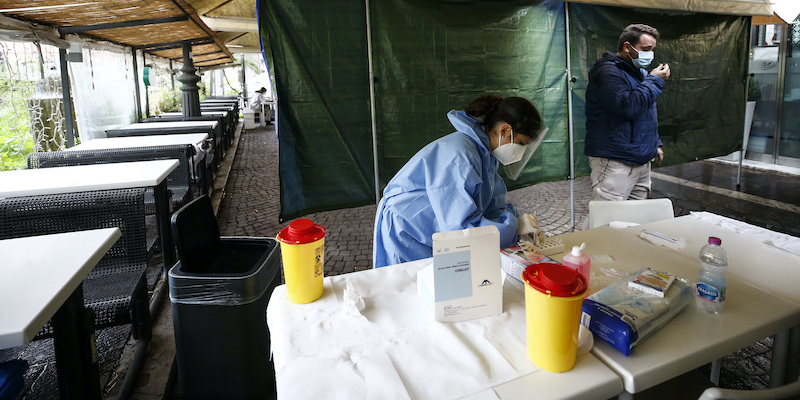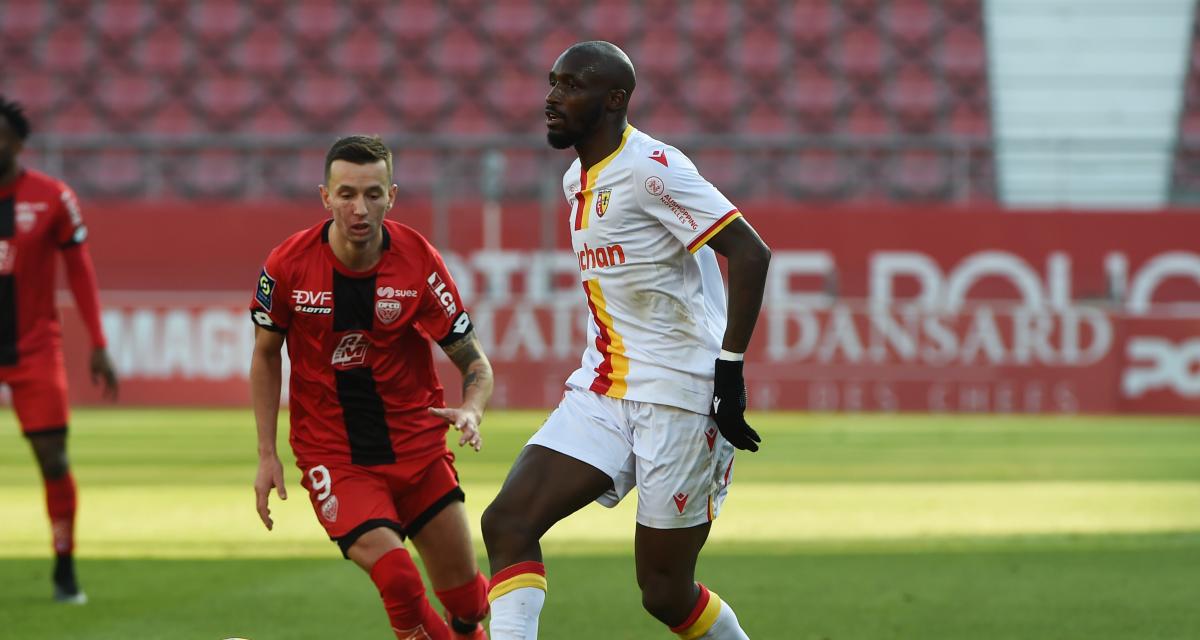It was called a tsunami, because in fact it overwhelmed and swept everything away, since the territorial containment levees were missing: the Covid epidemic has brought to light the exposed nerves of territorial health, a system that in fact has not worked as it should. “That 21 February 201 patients from Codogno arrived at our emergency room,” he says Antonio Cuzzoli, former head of the Emergency Department and Emergency Medicine of the Cremona Hospital. “Many patients arrived in an advanced stage of the disease, because no one had treated them promptly at home”. A tsunami that led to 76 thousand infections between the end of February and April, but also about 14 thousand victims and over 1,300 patients who ended up in intensive care, as well as another 10 thousand hospitalized people: “These numbers are those of the failure of Italian health care” comments Cuzzoli. But where do the problems arise? Certainly on several fronts.
THE REGULATORY NODE. “The health reform wanted by Governor Maroni 2015 (law 23) introduced changes in the territorial health with the launch of new very theoretical control bodies, the Ats” explains Cuzzoli. “In addition to this, the decree of November 2011 was not applied, according to which the cut in health should be accompanied by a territorial health reform. The decree talked about setting up structures that remained open 12 hours a day and managed by groups of general practitioners, with the implementation of a diagnostic capacity that would relieve the health structures. Which has never happened instead “.
THE BACKLASH ON FIRST AID. This situation has impacted hospitals: “In the last 10 years, the demand for health has poured into the emergency rooms, which in the last 5 has accentuated and has even exploded with the Covid-19 pandemic” underlines the former primary, who had to manage the Cremona facility in the darkest period of the pandemic. In short, the citizen, in the absence of a clear and unambiguous answer from the territorial medicine, could not help but pour into emergency medicine, crowding the structures also for problems that territorial medicine could have managed.
THE LACK OF REORGANIZATION OF TERRITORIAL MEDICINE. The problem arises from above. In the Lombardy health reform, the Ats remained incomplete bodies, as everything is decided at the regional level, including money, which remains centralized at higher levels. “The Ats as they are thought do not work and their identity needs to be reviewed” Cuzzoli specifies. “They should coordinate territorial medicine, create a synthesis of union between administrative and welfare bodies. But that didn’t work. You are in a situation of chaos in which each Ats acts as it pleases and there are no unambiguous guidelines. But in an emergency state, the measures must be centralized not delegated locally. Healthcare must take care of the citizen, without having to resort to acts of heroism. Today people who need health care have to call 118 and this is where the system fails and with it the hospital health structures are flooded. Precisely because the territorial response is missing ”.
WHAT HAPPENED DURING THE COVID EMERGENCY. The disorganization has led to a rather schizophrenic management of the emergency, throughout the Region, but also in Italy. “We have led the poor general practitioners to have to fight with white arms against tanks” explains Cuzzoli.
Doctors who, in the absence of precise directives, have moved at their discretion: those who fought on the front line, and sometimes unfortunately also losing their lives, those who, on the other hand, were not found by their patients and refused to visit. “Usca were introduced, but they started to work very late. And above all in too low a number: 20 units in front of an Ats Valpadana which has about 800 thousand residents. This explains why the hospitals then went into crisis. The winning model of the three T’s (to test, track and treat patients promptly and confine positive cases in the shortest space and time) has not been implemented in a concrete way “.
That’s not all: “Another mistake was closing the hospitals and allocating them only to Covid patients. Inpatient structures with a low intensity of care should have been set up for all those patients who were not in emergency conditions. We doctors had to react in a heroic way due to structural and organizational deficiencies ”.
THE SWABS KNOT. The delay in making swabs also weighed, which in the first phase “were done directly in the emergency room, with waiting times for processing of 24 hours” explains the former primary. “This resulted in a huge delay in finding the positives in Lombardy, thus allowing the virus to circulate rapidly.” But even in this second pandemic wave the situation is chaotic: swabs should not be a job to be done in the hospital, but to be used for territorial medicine. Drive ins don’t make sense either, because you can’t leave people queuing for hours to swab “.
THE SECOND WAVE. But if many things did not work out between February and May, it seems that the territory system has not learned from its mistakes. “Those who are now in greater difficulty from the point of view of infections, that is the part of Lombardy that was not initially involved in the pandemic, is experiencing the same problems that we had experienced then. This second wave is the measure of our failure, due to insufficient health coordination, between the various levels involved, from the government to the territories ”.
HOW TO REACT. It is therefore time to look forward, but not too much, to take matters in hand. “We must ask ourselves what has happened in the context of the Covid emergency” continues Cuzzoli. “We need to understand what was missing, what didn’t work. We need technical tables, not to make the list of dead and infected, but to create new strategies. Local healthcare needs to be reorganized, allowing general practitioners to be more protagonists. To make swabs, to prepare the vaccination campaign for the flu. To be able to be a filter, before the citizen turns to emergency medicine. Therefore it is necessary to act quickly, also because there will probably be other waves of Covid. And it is urgent to answer some questions: what should the role of Ats be and how should it be reconverted? How will the local authorities have to act? And what convention should the general practitioner have? It is necessary to redefine the roles throughout the health system supply chain ”.
THE THEME OF THE UNIVERSITY. A further problem is that of training: “We emergency doctors have been denouncing the failure of medical training for years” concludes Cuzzoli. “We have a huge lack of strength, yet the Miur has never moved in this direction by focusing on the creation of new professionals in medicine. And today the shortage is very serious, also considering that many doctors are close to retirement. We must run for cover ”.
Laura Bosio
–


